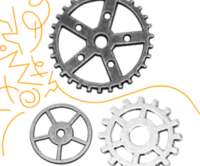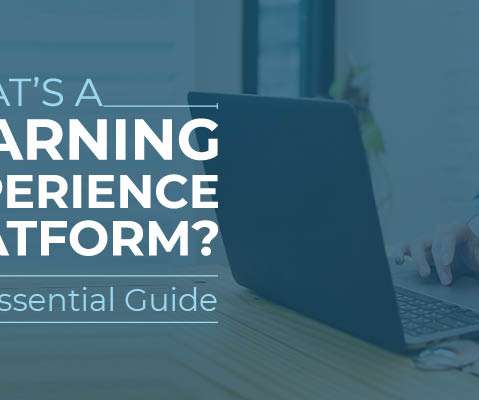Crisis Mapping in Haiti from Ushahidi, Donate by Texting
Beth's Blog: How Nonprofits Can Use Social Media
JANUARY 14, 2010
My colleagues at Ushahidi have already swung into action and are mapping crisis information from Haiti. For those you who arenot familiar with Ushahidi, they have a platform that allows anyone to gather distributed data via SMS, email or web and visualize it on a map or timeline. This effort is run by Mobile Accord. $3







































Let's personalize your content